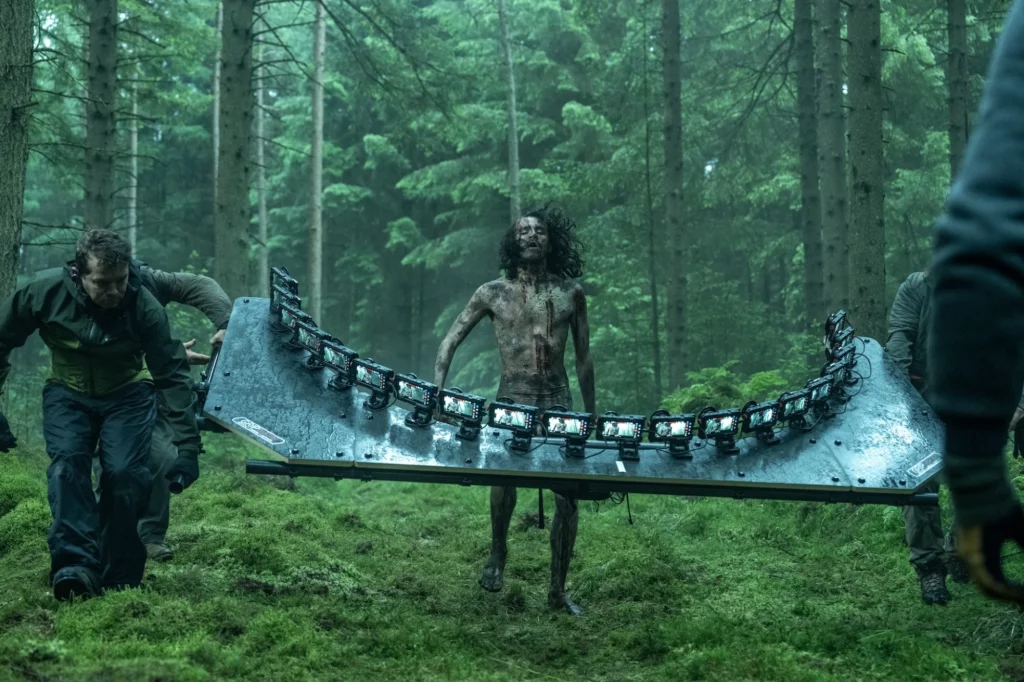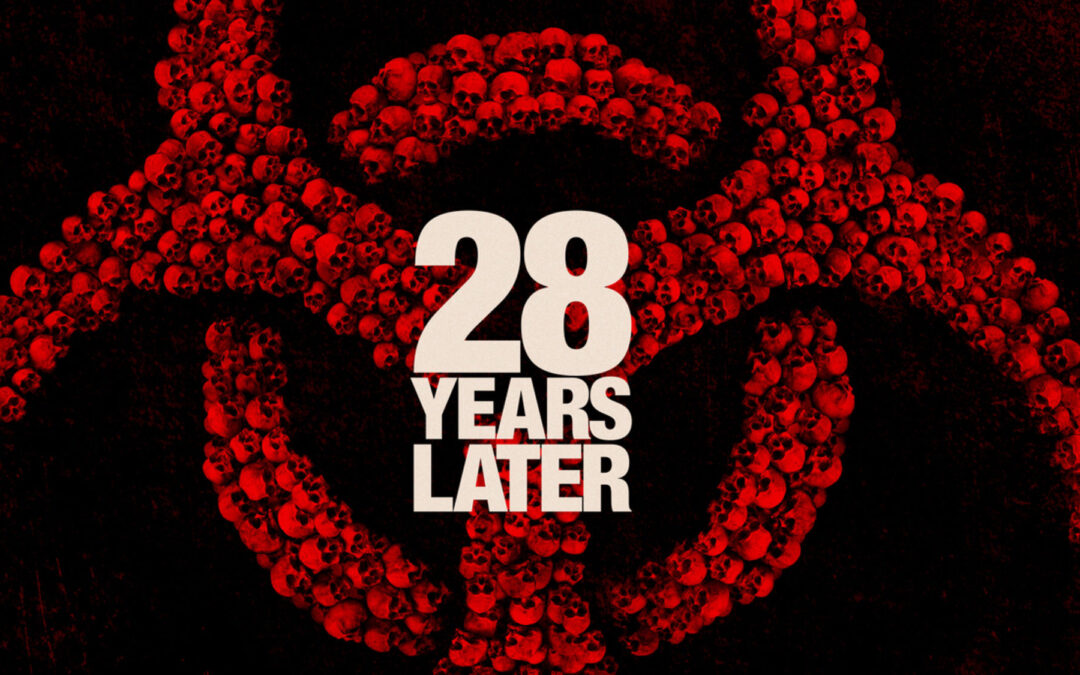This is the big one for us here at the festival. After a big box office opening weekend (75million) this might be the mobile phone movie that finally breaks through. The first blockbuster filmed on a mobile phone. 9 years ago, when we started the festival, if you said I want to make a movie on a phone, you were greeted with a chuckle and a patronising pat on the head. “Sure, but you will never be taken seriously as a filmmaker”. Now in 2025 we finally have an undeniable success story. 28 Years later…
A sequel 23 years in the making
Directed by Danny Boyle and written by Alex Garland, 28 Years Later reunites the creative duo behind the landmark 28 Days Later (2002). Set nearly three decades after the original Rage Virus outbreak, the film follows survivors living on a quarantined island who must confront new horrors when the virus resurfaces following a breach in their safe haven

28 years later
Why iPhones? Why not!
Boyle made headlines by shooting much of the film on iPhone 15 Pro and Pro Max devices—marking the biggest blockbuster yet to fully embrace this consumer-grade format. His aim: replicate the gritty, visceral feel that made the first film so gripping. Just as the original used Canon XL-1 camcorders to replicate how people would have captured the apocalypse back then, this sequel employs modern counterparts—iPhones—to deliver a raw intensity and agile mobility across remote locations
How many IPhones did they use to film 28 Years later
At this point we have all heard about the “Poor Mans bullet time” but it truly is special. To capture key scenes, Boyle’s team used a custom rig housing up to 20 iPhones, creating an effect with simultaneous multi-angle filming. The result is a truly unique innovation allowing the edit to jump to different angles of the same shot or sweep around an arrow has it mashes into a zombie’s head. This setup, alongside compact drones allowed unprecedented flexibility during the rugged outdoor shooting in rural Northumberland.
“It’s very light, it’s cheap, and it allowed us to go to places that were very remote and bore very little evidence of human presence for many, many, many years,” Boyle told IndieWire in June 2025.
The iPhones shot in 4K/60fps, in a widescreen 2.76:1 aspect ratio. Similar to how Stephen Soderbergh deployed it in Unsane, the wide scope enhances the sense of unpredictability within the frame.

Why did Danny Boyle use IPhones to film 28 Years Later?
In interviews, Boyle stressed that the choice was not gimmicky or purely marketing-driven—he intended to evoke the same sense of documentary-like immediacy as in the first film. The narrative, set “28 years after,” called for modern consumer technology to maintain authenticity. As cinematographer Anthony Dod Mantle explained, iPhones allowed lightweight, immersive shooting, with actors often handling them directly.
What is 28 Years later actually about anyway?
The narrative takes place…28 Years later after the original. It focuses on a family of survivors of the rage virus live on a small island. This family includes Jamie (Aaron Taylor‑Johnson), his 12-year-old son Spike (The excellent Alfie Williams) and Isla (Jodie Comer) When one of the group leaves the island on a mission into the mainland, he discovers secrets, wonders, and horrors that have mutated not only the infected but other survivors.
The cast also includes Jack O’Connell in a small role while Cillian Murphy (Jim from the original) is credited as an executive producer, though he doesn’t appear onscreen he has been confirmed as having a larger role in the second and third films in the trilogy (Thats right, it’s a trilogy which they hid in the marketing)
Was 28 Years later successful
Released June 20, 2025, across the UK, US, and Canada, the film debuted at around $30 million. With a production budget of approximately $60 million (some reports say $75 million), it grossed roughly $62.8 million, so far so good. The movie has a 7.2/10 on rotten tomatoes and an 89% on rotten tomatoes so we can expect the movie to have legs moving into the summer
What comes next? The Bone Temple trilogy
28 Years Later was shot back-to-back with its sequel, 28 Years Later: The Bone Temple, slated for release on January 16, 2026. Has we mentioned Cillian Murphy returns in a supporting role, hinting at his character’s deeper importance in filming the trilogy’s final part. Boyle steps back for this one and Candyman director Nia DaCosta takes the helm for the second installment
F1 the movie filmed with Iphones?
Find out how that movie is using custom iphones to film scenes in our other blog

